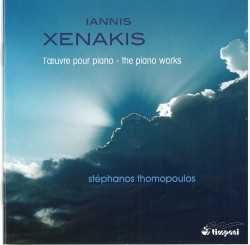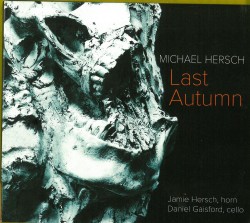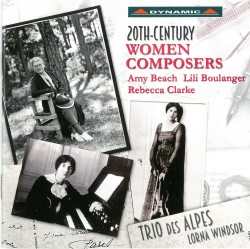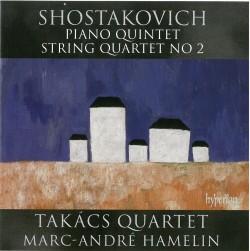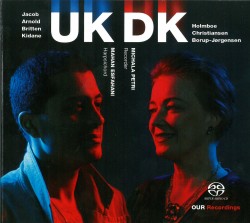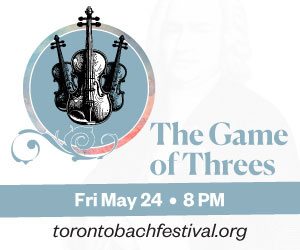Torus - Yotam Haber – Chamber Music 2007-2014
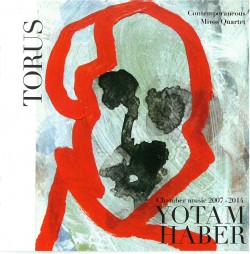 Torus
Torus
Yotam Haber – Chamber Music 2007-2014
Contemporaneous; Mivos Quartet; Max Mandel; Eric Huebner
Roven RR10015
In this release of chamber music selections by renowned composer Yotam Haber, creative influences range from modernist sculpture to Jewish chant. Each piece on the disc provides a sonorous glimpse into Haber’s compositional world; it is rich and full of haunting expression. The diversity of style on display throughout each piece is a testament to his range of influence. While there remains a close tie to a rigid brand of modernism, Haber is not afraid to explore passages filled with lavish lyricism and broad melodic contour.
We Were All and On Leaving Brooklyn are pieces that exemplify a careful and unique deliberation paid to vocal timbre and text setting. Reichian bursts of post-minimalism are interspersed with clever passages infused with driving rhythmic exuberance. A compelling sense of pacing and harmonic inventiveness in Last Skin (a piece for eight micro-tuned violins in two parts) is perhaps the most captivating example of why Haber’s voice is distinctly his own. Microtonal eeriness and waves of colourful harmony culminate to reach a powerful set of gestures all within the confines of limited materials. The string quartet Torus evokes a three-dimensional listening space around which tremendous and threatening forces rustle and drive at breakneck speeds. In From the Book of Maintenance and Sustenance, Haber uses Jewish liturgical melodies that echo touching historical associations and a haunting nostalgia.
The musical environment on this disc is abundant and boundless. Each work is an indication that Haber’s ear is tuned in to the surrounding world. These influences make their way into the music and are married with a truly distinctive creative voice. The result is a riveting set of chamber compositions that make for a rewarding listening experience.


